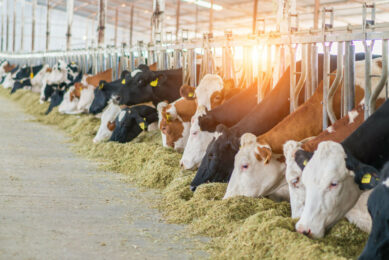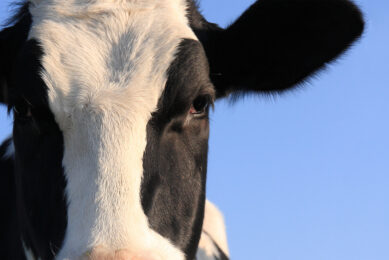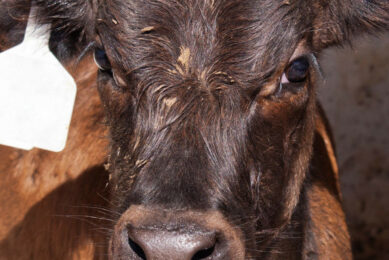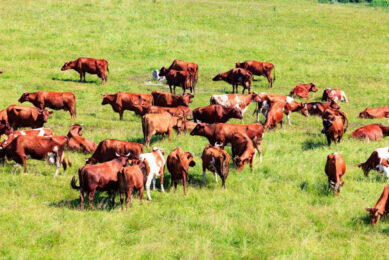Dairy Global edition 1: A look at housing and gene editing
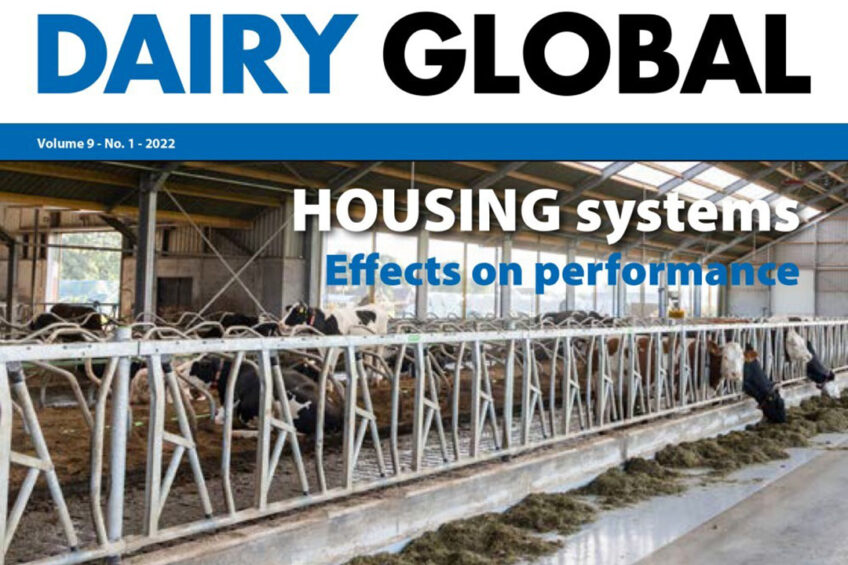
In this edition, we zoom into how dairy cow housing systems can affect performance. We also look at gene editing and coat colour and how this can play a role in better heat tolerance and hear insights into the EU dairy sector from the European Dairy Association’s president, Giuseppe Ambrosi. For these are more, flip through this exciting edition!
READ THE DIGITAL MAGAZINE HERE
Interview: Giuseppe Ambrosi, European Dairy Association president
“Uniting dairy excellence and ambition” is more than a motto. At the start of 2021, the European Dairy Association (EDA) board announced the election of Giuseppe Ambrosi as its new president. He brings with him a wealth of knowledge about the European dairy sector and has set out to promote and reinforce the image and reputation of milk and dairy, among other focus areas. Now that he has settled in the role, we caught up with Ambrosi who, in his own words, sheds a brighter light on the European dairy sector. Page 6

How much are solar systems saving farmers?
With the rising cost of electricity and a growing need to reduce their carbon footprint, Australian dairy farmers are finding solar to be more attractive. Some of them have already taken the plunge. Here they tell us more about how much they have saved. Page 8
Gene editing: Coat colour for better heat tolerance
Genome editing has been found to be a valuable tool for lightening the hair and coat colour to better adapt dairy cattle to rapidly changing climatic conditions. These are the findings by researchers from the AgResearch Centre in New Zealand. High-producing Holstein Friesian dairy cattle have a characteristic black and white coat, often with large proportions of black. Compared to a light coat colour, black absorbs more solar radiation. Page 10
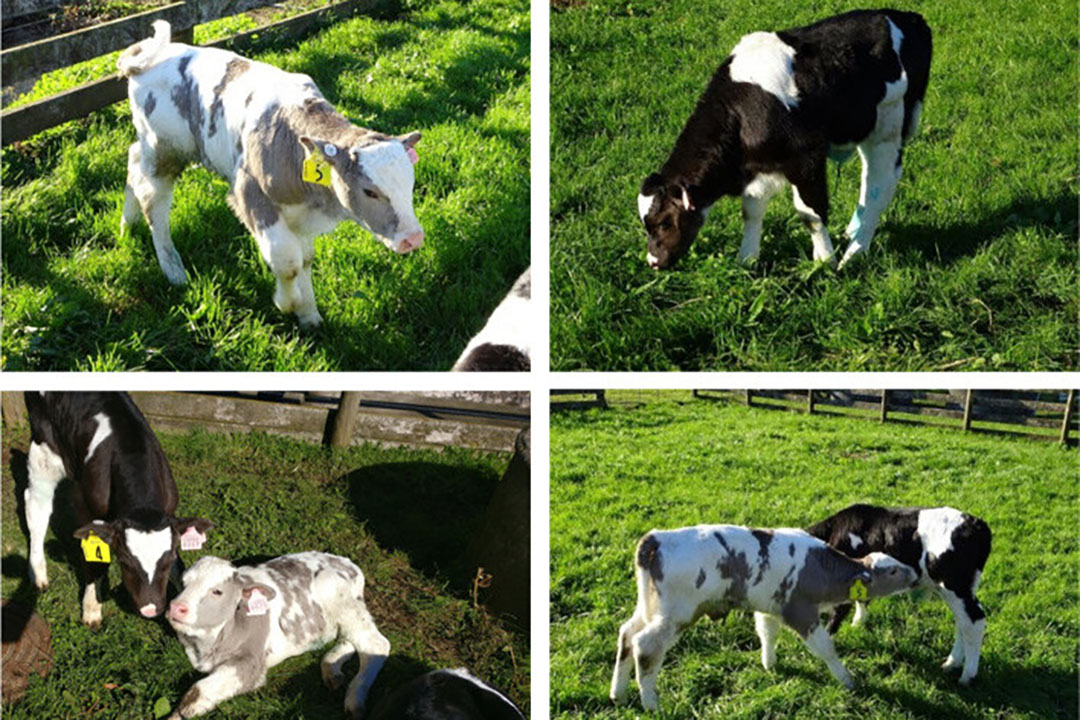
7 reasons to replace inorganic trace minerals
Trace elements such as copper, manganese and zinc are of great importance for optimal health and performance. These elements perform crucial functions in the animals’ metabolism as a cofactor for multiple metalloenzymes, and deficiencies can lead to a range of disorders. The new generation Excential Smart hydroxy trace minerals are highly available to the animal without negatively influencing stability of surrounding nutrients or health of the intestinal tract. Page 12
READ THE DIGITAL MAGAZINE HERE
Sustainability: The small dairy’s place
Dairy industry sustainability constantly transforms as it reworks its boundaries. Most discussions on the subject focus on large operations, often asking them to carry the sustainability torch. But not every farm can afford a large-scale biodigester to produce biogas or fertiliser. Page 14
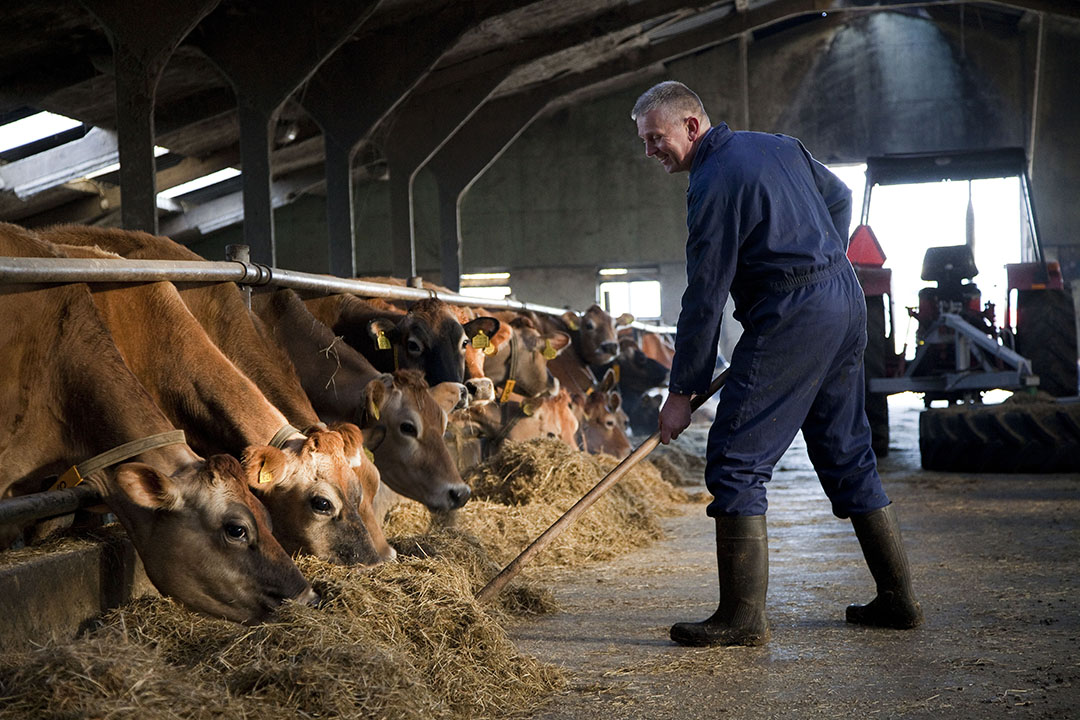
READ THE DIGITAL MAGAZINE HERE
How do cows perform under different housing systems?
Although studies have examined the effects of various environmental factors on the performance of cows, seldom have the effects of house type and facilities been taken into account. The following is a review of the effects of house design and microclimate on cows’ nutrient requirements, fertility, milk production, immunity and body condition. A study was conducted to compare feed utilisation and milk production of cows kept in stanchion and loose housing. Page 16
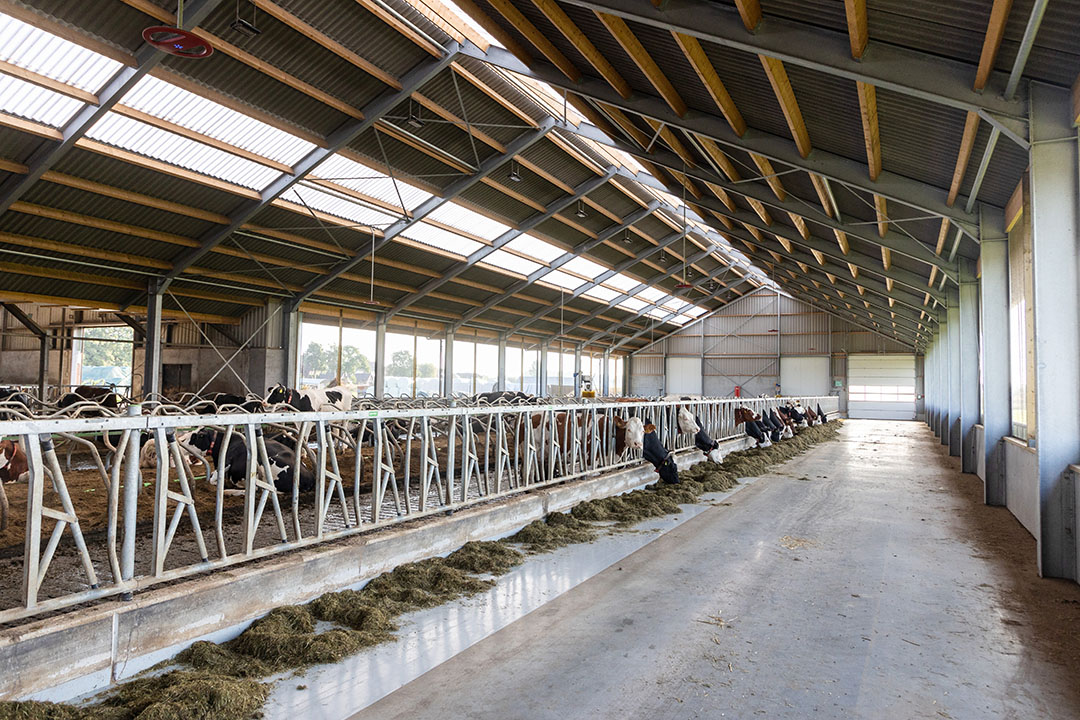
Optimising digestive function for better udder health
Increasingly accepted is the idea that what happens in the rumen will cascade onto the whole gastrointestinal function, metabolic status, liver function and immune response, down to mammary glands. From the rumen to the mammary glands, the cow hosts a series of specific microbiomes that play an important part in this cascade of events. The development of subacute ruminal acidosis (SARA) and its consequences beyond the rumen is a perfect example of this “microbial continuum”. Page 18
Using dual purpose breeds adds value
Choosing the correct genetics to use on dairy animals has always been a challenge, but that decision is becoming more difficult with fluctuating milk prices and consumer demands. While milk prices are currently riding high, so too are the costs associated with producing milk, particularly feed, fertiliser and energy costs. With that in mind, dairy farmers should consider every available solution that can increase the value of their produce, which also includes the bull calves from the herd. Page 20
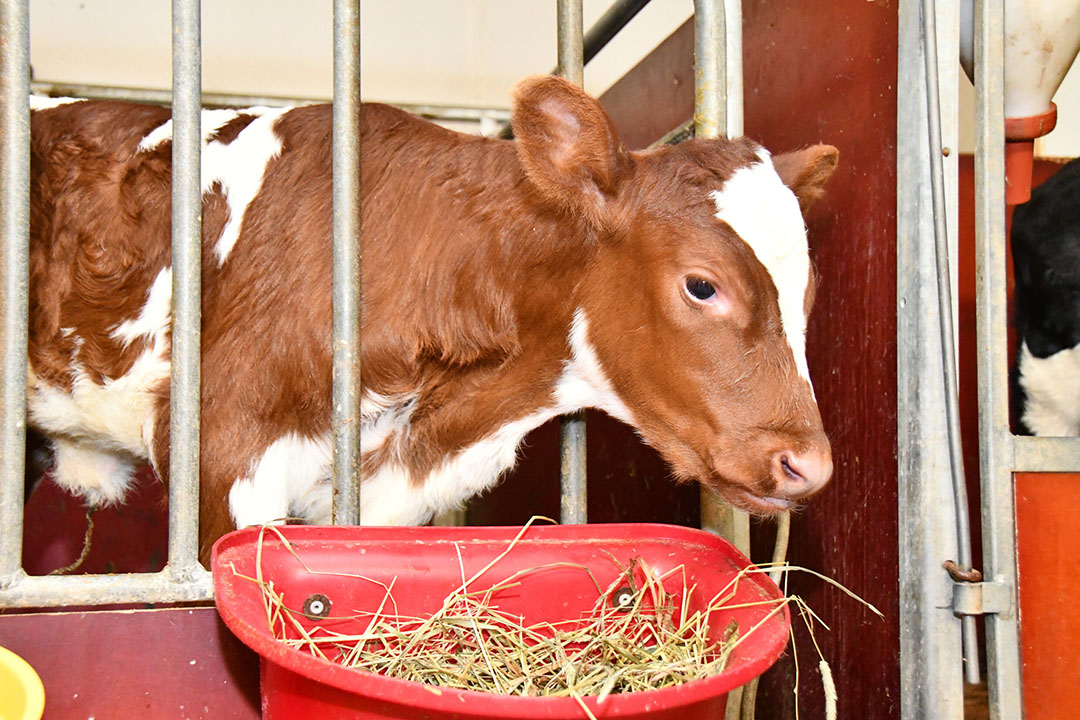
Precision technologies to maximise reproductive performance
Reproductive performance is a key factor in dairy cattle management, and reproductive inefficiency has a negative impact on the economic sustainability of the dairy industry. Due to increases in dairy farm size and labour costs, precision technologies have been introduced to optimise dairy cattle reproductive performance. These technologies have great potential to monitor individual dairy cows automatically, to serve as a management tool for farmers and to improve dairy cow welfare, health and reproductive performance. Page 22
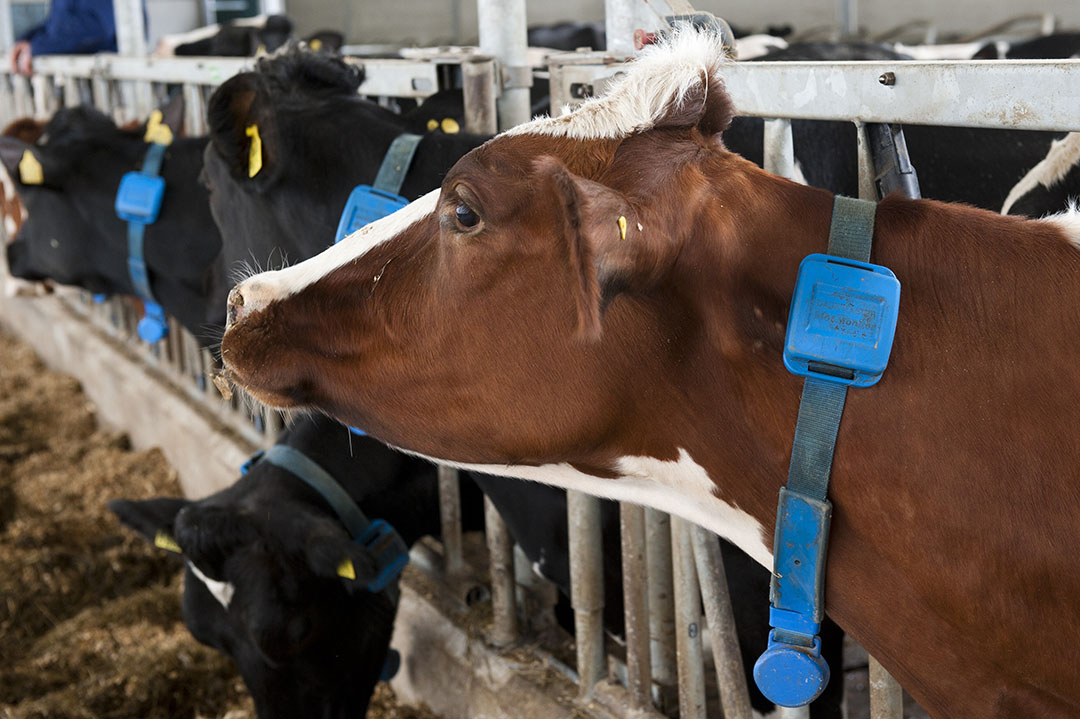
Why is labour such an issue in Eastern Europe?
Ongoing urbanisation coupled with migration and an ageing population is impacting raw milk production in some parts of Eastern Europe, especially in the backyard segment. The trend of young staff not wanting to stay and work on farms is not new, nor is it a challenge particular to Eastern Europe. However, demographics could play an increasingly important role in the raw milk industry in this region, in the context of the global labour crisis in the Covid-19 pandemic. Page 24
Join 13,000+ subscribers
Subscribe to our newsletter to stay updated about all the need-to-know content in the dairy sector, two times a week.



